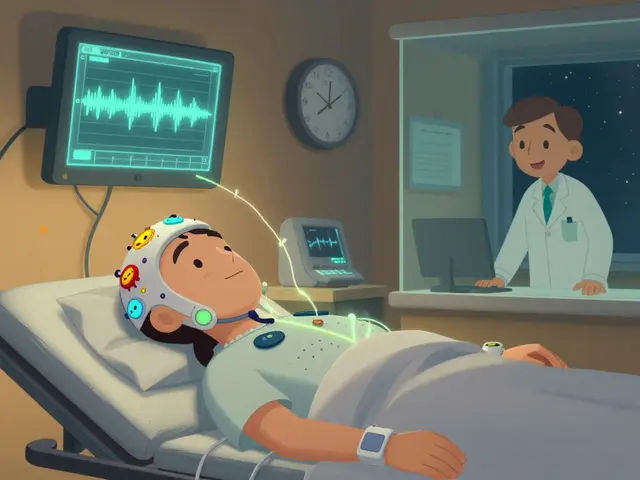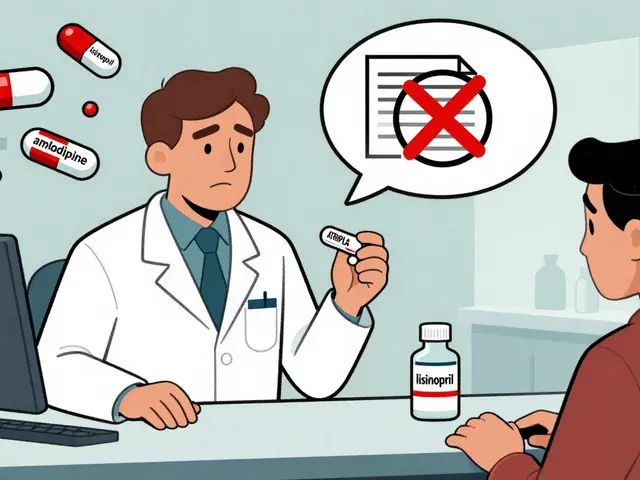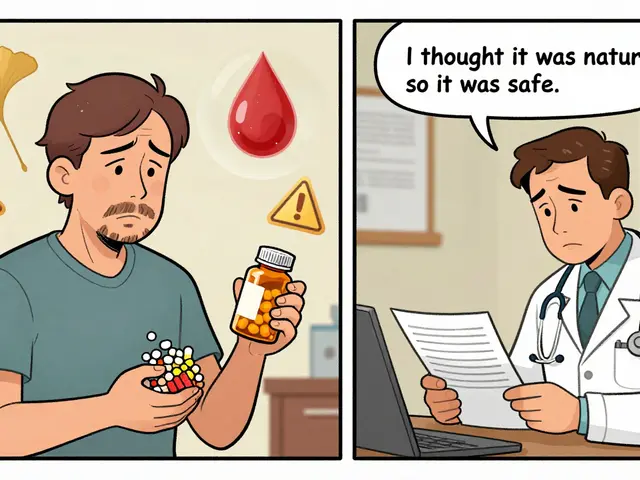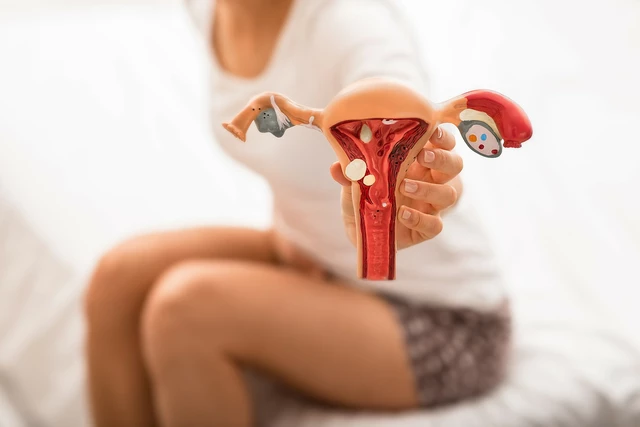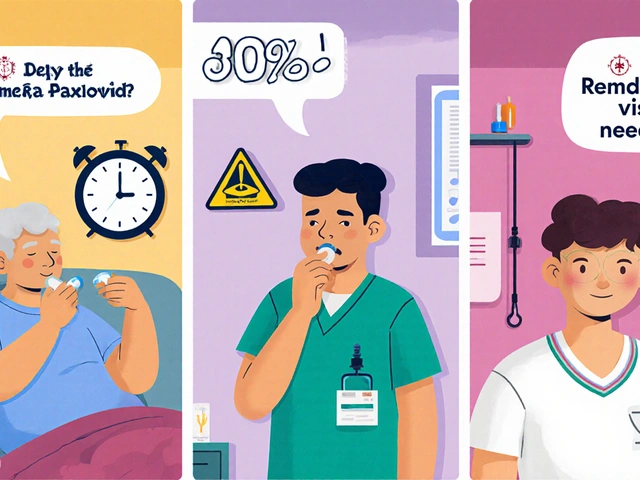Stem Cell Therapy Explained – Simple Guide
If you’ve heard the term stem cell therapy on the news or from a friend, you might wonder what it actually means for everyday health. In plain language, stem cells are tiny building blocks that can turn into many different types of tissue—muscle, bone, blood, you name it. Scientists tap into this ability to try and repair damaged parts of the body without surgery.
That sounds futuristic, but the basics are straightforward: doctors take a sample of stem cells (often from your own bone marrow or fat), process them in a lab, then inject or apply them where healing is needed. Because they come from you, the risk of rejection is low, which is why many researchers call this approach “personalized medicine.”
How Stem Cells Work in Treatment
The magic happens when stem cells find a spot that’s injured or inflamed. They release signals that tell nearby cells to start fixing the damage, and some of them actually become new tissue themselves. Think of it like sending in repair crews who not only bring tools but also replace broken parts on the spot.
There are three main types used in therapy: embryonic stem cells (very versatile but ethically controversial), adult stem cells (found in bone marrow, blood, fat), and induced pluripotent stem cells (adult cells re‑programmed to act like embryonic ones). Most clinics you’ll see offering treatments use adult or induced cells because they’re easier to get and avoid the big ethical debates.
In practice, a doctor might harvest bone marrow from your hip, spin it in a centrifuge to concentrate the stem cells, then inject them into a knee joint if you have arthritis. The goal is to reduce pain, improve movement, and slow further wear‑and‑tear.
Real‑World Uses, Benefits and What to Watch Out For
Today you’ll find stem cell therapy advertised for joint pain, sports injuries, certain heart problems, and even cosmetic procedures like skin rejuvenation. The biggest win so far is in orthopedics—patients with knee or shoulder issues often report less pain after a series of injections.
Benefits can include faster recovery times, fewer side effects compared to steroids, and the possibility of avoiding major surgery. Because you’re using your own cells, the chance of an allergic reaction drops dramatically.
But it’s not all smooth sailing. The field is still young, so long‑term data are limited. Some clinics promise miracle cures for conditions like autism or multiple sclerosis without solid evidence, and those claims can be risky. Costs vary widely—expect anywhere from a few hundred to several thousand dollars per treatment session.
Before you sign up, ask these practical questions: Is the clinic FDA‑registered or approved by your country’s health authority? Who will perform the procedure—a board‑certified doctor or an unlicensed practitioner? What follow‑up care is offered, and how are complications handled?
If you’re considering stem cell therapy, start by talking to a specialist who knows both the science and the regulatory landscape. Ask about ongoing clinical trials; many hospitals run studies that let you access cutting‑edge treatments under strict supervision.
Finally, remember that lifestyle still matters. Even the best stem cells can’t fix damage caused by smoking, poor diet, or lack of exercise. Pair any treatment with good nutrition, regular movement, and proper medical advice for the best odds of success.
Stem cell therapy holds promise, but it’s not a magic bullet. By staying informed, asking the right questions, and working with reputable professionals, you can decide whether this emerging option fits your health goals.



